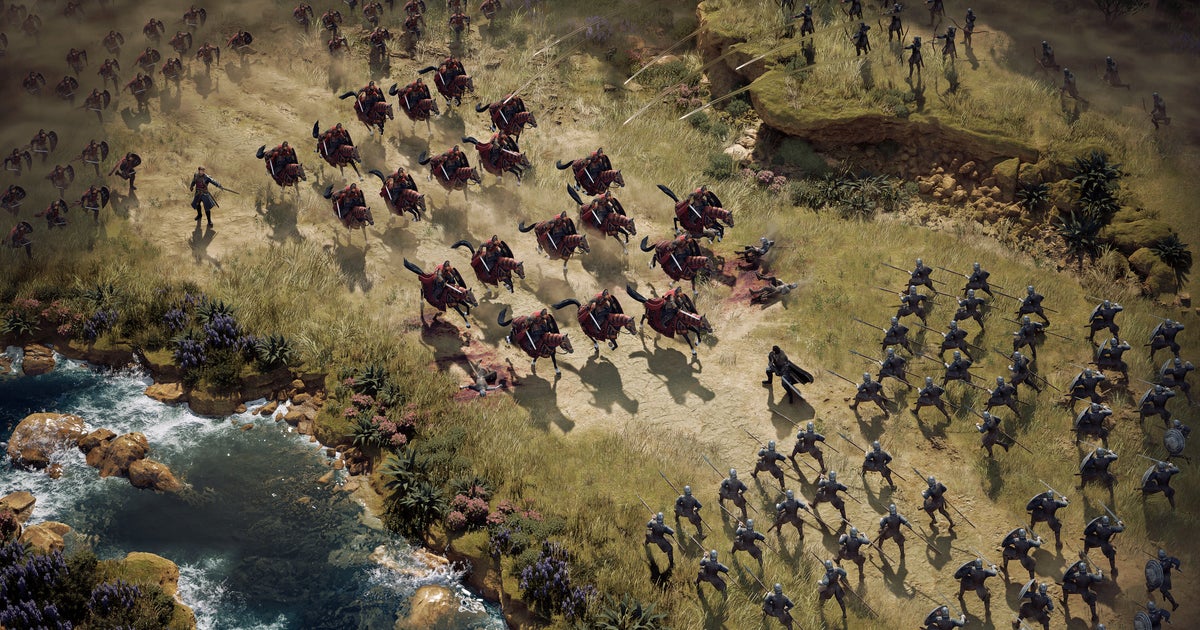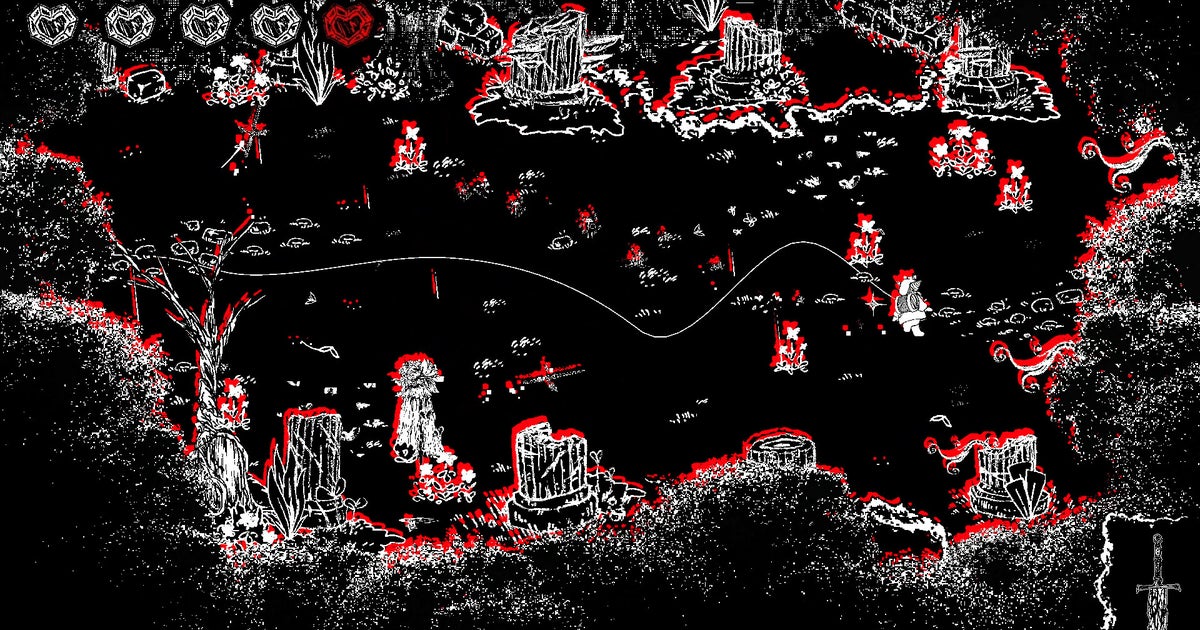Playside are pitching Game Of Thrones: War For Westeros as an RTS for Age of Empires lovers, but it may also hook your fancy if you’re into vicious bastard boardgames. Speaking to me shortly after the new strategy project’s announcement at this year’s Summer Game Fest, game director Ryan McMahon explored how the requisite filthy traitor element of this latest George R.R. Martin adaptation will percolate through the project’s main “sandbox” mode, in which four players vie for supremacy over the Seven Kingdoms.
While McMahon’s description was a bit provisional – the game isn’t out till 2026 – the basic idea here is that you’ve got a world map broken into 4X-style regions, with real-time strategy micromanagement happening in the nooks and crannies. You will build buildings and unlock techs, then rally your banners and hope like hell you haven’t been flanked through a neighbouring region while you were busy tending to the masonry.
There are four factions with distinct units: the houses of Lannister, Stark, and Targaryen, plus the bolshy iciclefolk of the Night King up north. As in the Game Of Thrones books and TV show, the regular mortals need to buddy up in order to repel the frostlords. But, each player is also wrangling to plant their bum on the Iron Throne in King’s Landing. For those pining for a fixed story, War For Westeros will offer “campaign-like scenarios” that follow the rise of a live action celeb, such as Jon Snows Nothing About Parrying.
Watch on YouTube
“If you’re playing, like, Settlers Of Catan, there’s going to be some dynamic in that where you go, well, that guy’s going to win in two more turns – let’s team up and do this,” McMahon told me. “But then there’s also always an ulterior motive, because only one person can win.” The game will support the “natural politics” of a winner-takes-all skirmish with another layer of mechanical intrigue, offering “ways to change the tides of battle in your favour based on your influence, to an extent.” MacMahon won’t be drawn on specifics, however. “It’s such a big piece that differentiates us in this space, that we want to make sure it’s revealed and explained at the right time,” he says.
In terms of how it handles as an RTS, War For Westeros is squad-based rather than putting you in control of individual units. The presentation and design of buildings remind me of Playside’s previous and decent Age Of Darkness: Final Stand, a tower defender for the Total War crowd (they also did some support work on Warcraft III: Reforged, which was less positively received). The “biggest inspiration,” though, is The Lord Of The Rings: Battle For Middle-Earth from way back in 2003, which is a relatively quirky cut as headline-pleasing big license comparisons go – and also illustrative of the major problem War For Westeros has to fix.
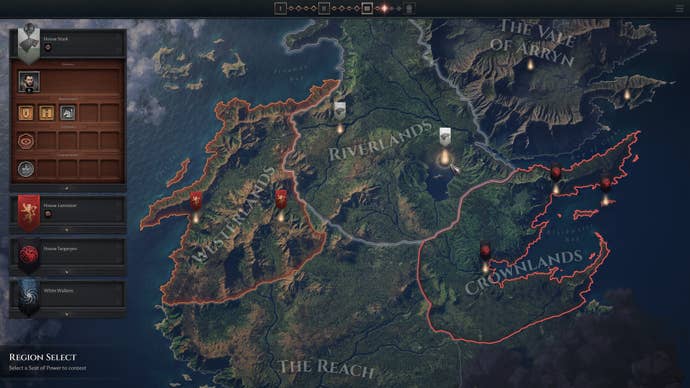
“I’m never convinced that the actual wars and battles are the interesting part of Lord of the Rings,” Adam Smith (RPS in peace) wrote of Battle For Middle-Earth in a quick 2017 retrospective. “It’s about the things happening around the wars, isn’t it? The resistance and the espionage. The quiet war rather than the blood battle.” I hope we won’t be writing similar things of War For Westeros. Game Of Thrones does like a battle scene, but the real juice of the series is, of course, what goes on in the council chambers, dungeons, and bedrooms. It’s tricky to express that kind of skulduggery when you’re floating above the rooftops.
Still, McMahon seems like he has the rampant fanboy energy to pull it off. His account of his own past with Game Of Thrones is exhaustive enough that I worry he has a Balerion the Dread tattoo somewhere intimate. “I watched the first couple of seasons with my dad growing up,” he says. “And it’s something we bonded over – he always gets excited about the dragons. And then when I moved out, it became a bit of a tradition with all my friends. We had a friend group from season five to eight, where every week we’d go to someone’s house, order in food, watch it, and then go play boardgames and theorycraft for the rest of the night, and then continue into the week.”
Against my suggestion that the human troops in Game Of Thrones might be hard to differentiate, McMahon says the TV show’s muddle of little and large Westerosi dynasties together with its fantasy menagerie offer ample material for faction designers. “There’s so many little things in the show, that if you go and watch every frame and look at all the costume designs, the background, read through all the costume design books,” he says. “There’s a lot of distinct designs for units, characters. You’ve got giants, you’ve got all the siege weaponry with scorpions. You’ve got dragons, you’ve got the White Walkers.”
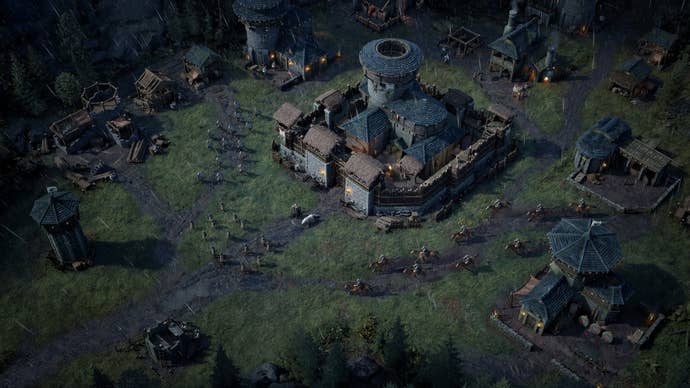
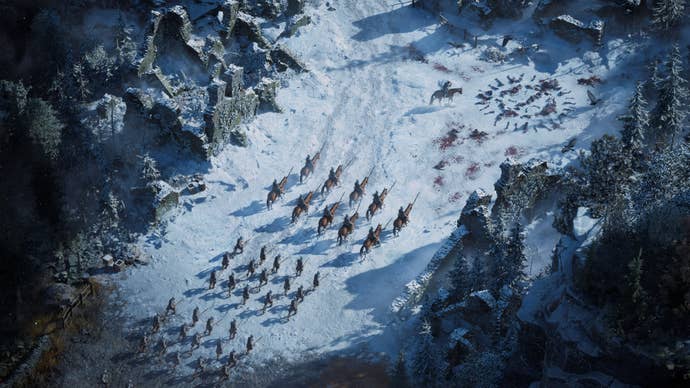
Playside have taken a certain amount of inspiration from the Ice & Fire miniatures boardgame, but the nod to tabletop that really kindles my curiosity is a passing mention of Cole Wehrle and Kyle Ferrin’s Root, in which Redwallian birds, mice, cats and roving raccoons each essentially try to conquer a forest according to their own rules.
I would love it if War For Westeros proved similarly open-ended, perhaps introducing factions and individuals who aren’t obvious RTS commander fare: the broken scions and refugee knights and disadvantaged lordlings making up for it through sheer cunning. You know, the best Game Of Thrones characters. “Everyone has different win conditions in Root, and everyone’s working towards a different goal, but trying to stop the other person from achieving their goal at the same time,” McMahon says. “That’s not specifically what we’re doing, but that asymmetry is definitely something we’re capturing.”
